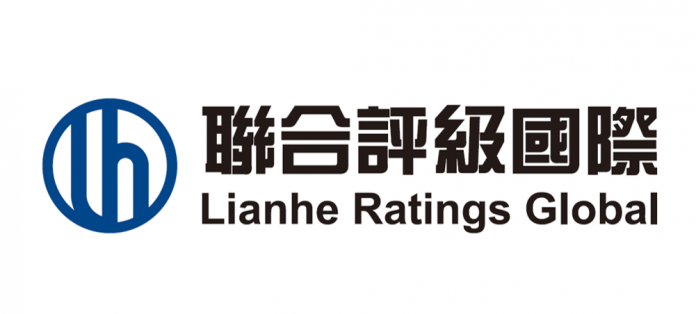China has reembraced the investment-driven growth model since 2H2018 to boost its economy, which reported a slowing year-on-year GDP growth of 6% in 3Q2019. We believe that local governments’ direct funding capacity will remain insufficient to support their capital spending needs, especially with the acceleration of infrastructure investment to counter the economic slowdown. Local government financing vehicles (“LGFVs”) will continue their important role particularly in infrastructure construction to support China’s economic development.
The Chinese government has introduced several measures since 2H2018 to alleviate LGFVs’ financing pressure. However, we do not foresee a reversal of the regulatory authority’s ambition to de-risk the financial system and expect LGFVs’ credit profiles to diverge on the various levels of government support mainly though asset/capital injections.
Large LGFVs carrying important policy roles (such as improving local residents’ livelihoods and boost the economic development) have been in a better position in business expansions and financing underpinned by stronger government support. They will likely continue to take on major infrastructure projects, which will further strengthen their policy roles and government linkages and will foster their respective local government authorities to provide constant support. On the other hand, liquidity pressure will continue to challenge those LGFVs with insignificant government functions or located in areas with weaker economic conditions or fiscal positions.


